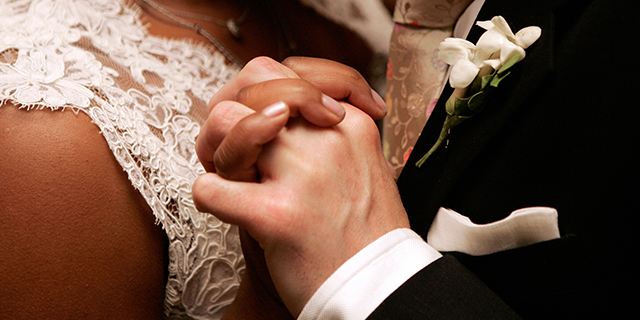Australia’s ‘Stolen Generations’ Tell Their StoriesPosted in Articles, Arts, Autobiography, Media Archive, Oceania on 2017-05-28 22:50Z by Steven |
Australia’s ‘Stolen Generations’ Tell Their Stories
Lens: Photography, Video and Visual Journalism
The New York Times
2017-05-24
 Margaret Furber was born in Alice Springs, Australia, in 1947. She was placed in St. Mary’s Hostel on the outskirts of town because her mother was not able to take care of her. Her siblings were all sent to the Tiwi Islands. “We were all taken and separated in different ways,” she told the photographer. Nov. 6, 2015. Matthew Sherwood |
Alfred Calma was 4 years old when the police snatched him from his mother, never to live with her again. Joyce Napurrula-Schroeder was not quite 2 when it happened to her. Luke Morcom was a newborn, barely a week on this earth.
All had the bad luck of being born “half caste” during Australia’s disastrous experiment with forced assimilation. For 60 years, until 1970, government policies rounded up Aboriginal and Torres Strait Islander children deemed to be part-white and sent them to boarding schools and church-run missions. Like the Canadian First Nations’ and the United States’ Indian boarding schools that served as its model, Australia’s program aimed to beat out all traces of indigenous culture, often literally.
Run more like penal colonies than schools, these institutions scarred their young wards and their communities for life.
Decades later, when Matthew Sherwood, a Canadian photojournalist, began documenting survivors of the boarding schools — the “stolen generations,” as Australia calls them — they unleashed hellish memories where neglect was the best it ever got…
Read the entire article here.







